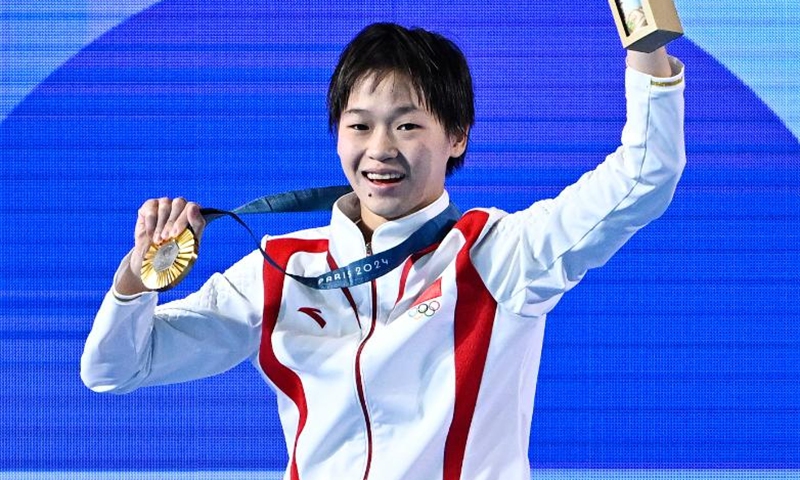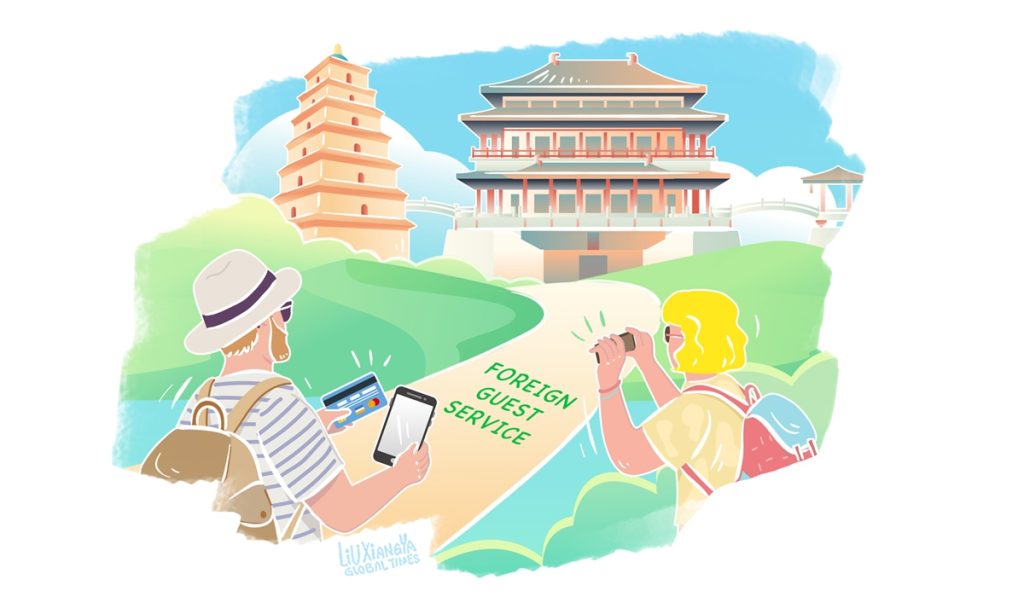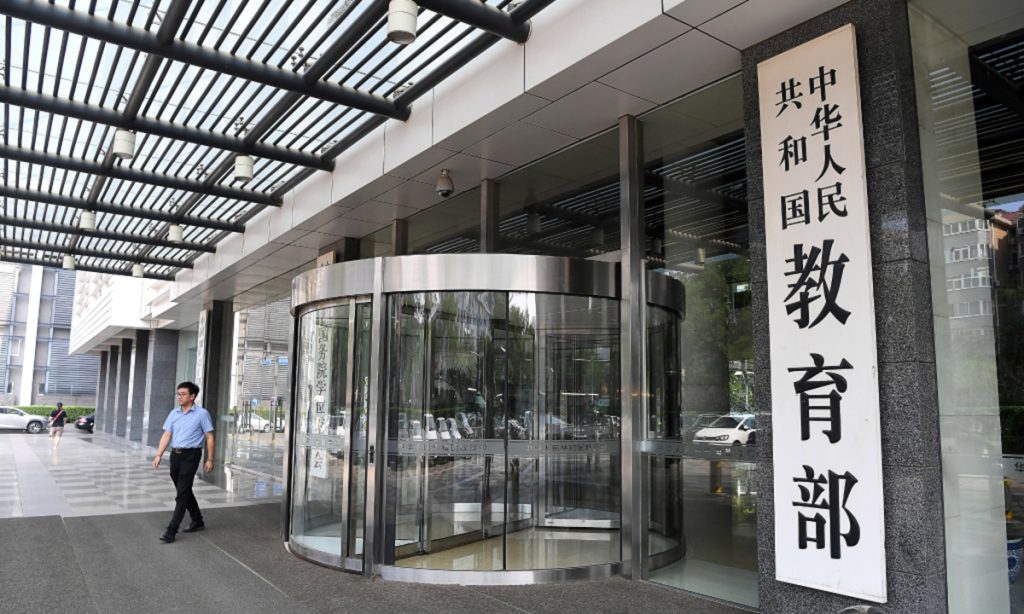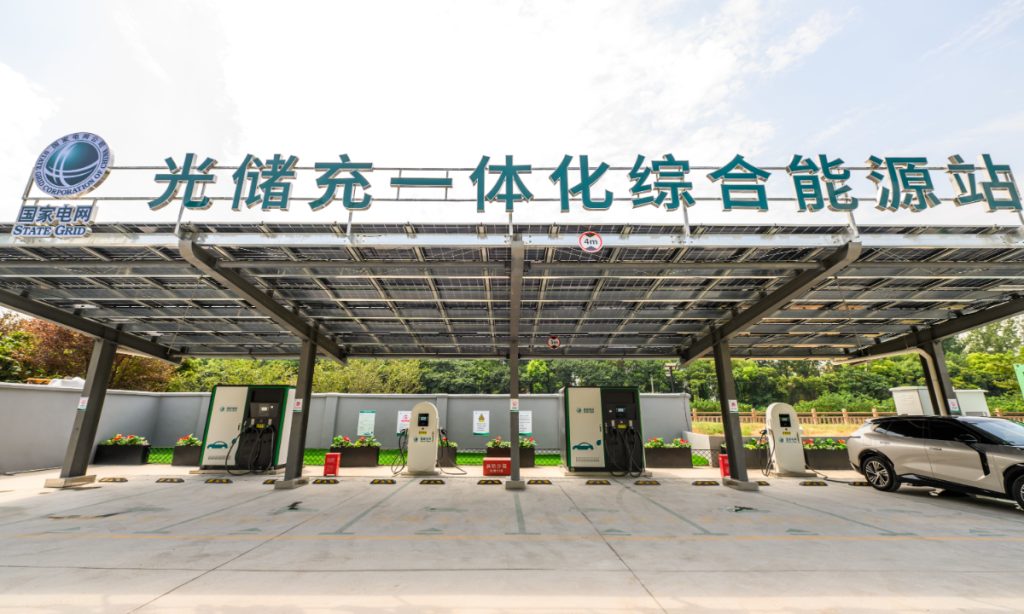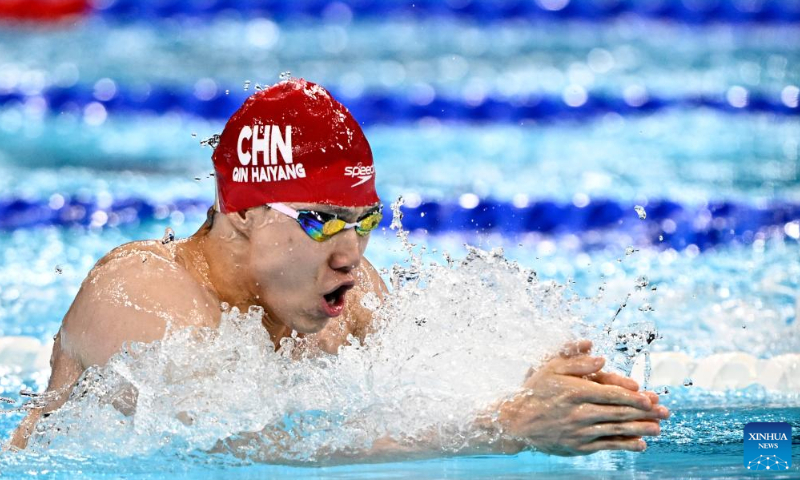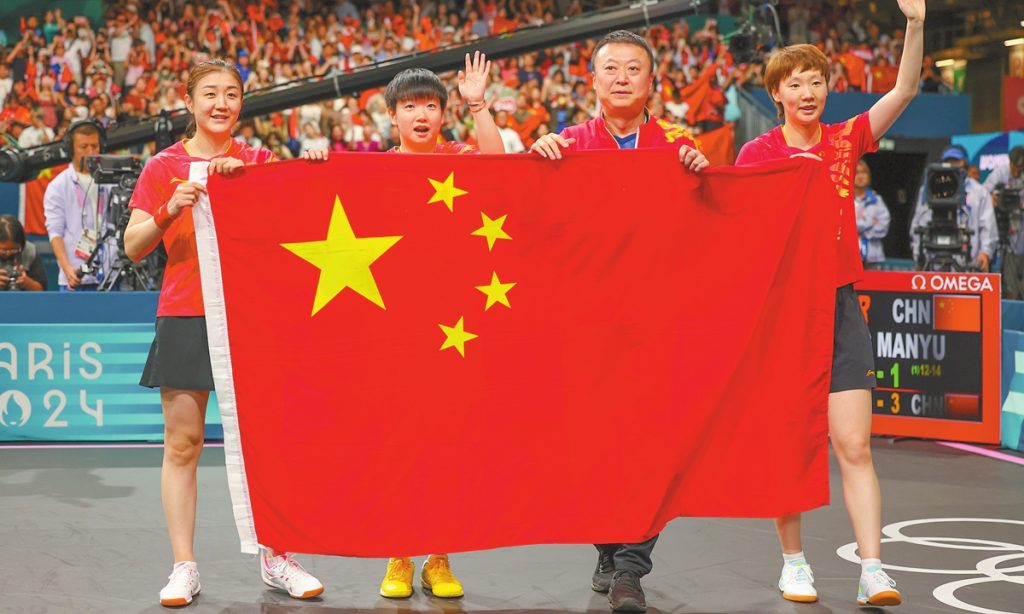Deepfake crime in S.Korea triggers discussions in China

A deepfake crime surge in South Korea has sparked worries in China as Chinese experts said on Sunday that AI-powered scams have turned into an international concern, and social media platform operators should take more action.
Numerous chat rooms suspected of creating and distributing deepfake pornographic material with doctored photos of ordinary women and female service members have been reportedly discovered on messaging app Telegram recently, with many of the victims and perpetrators known to be teenagers, The Korea Times reported last week.
Perpetrators reportedly used social media platforms such as Instagram to save or screen-capture photos of victims, which are then used to create deepfake pornographic material, the Guardian reported.
The incident in South Korea attracted particular attention in China after multiple netizens, claiming to be South Korean women, posted on Chinese social media platforms recently, saying that they hope Chinese netizens will spread the story as they are that afraid that the incident is being overlooked in their country, Shanghai-based news website thepaper.cn reported on Saturday.
There are similar situations in other countries, making deepfake technology an international problem, Xie Yongjiang, a professor at the Beijing University of Posts and Telecommunications, told Global Times on Sunday.
As AI develops, deepfake technology is increasingly realistic, and coupled with the fact that it does not require specialized knowledge; more criminals are now scamming by means of counterfeiting some videos and pictures, and more attention should be paid to it, he said.
In June, a male suspect in China surnamed Bai was prosecuted for producing and selling obscene materials for profit as he used deepfake technology to create nearly 7,000 fake nude photos involving female students and teachers.
Since the wider public are not yet capable of differentiate AI-generated content from reality-based content, relevant authorities should develop appropriate identification technologies, Xie said, suggesting social media platform operators to set up mechanisms to deal with the issue.
